There are two parts to today’s activity. First you’re going to discover how meringue is made. Can you believe it starts out as egg whites and sugar?? Do you know why egg yolk isn’t used to make meringue just the white?
Once you’ve made delicious meringue pieces, you’re going to build delicious meringue, cream and strawberry towers.
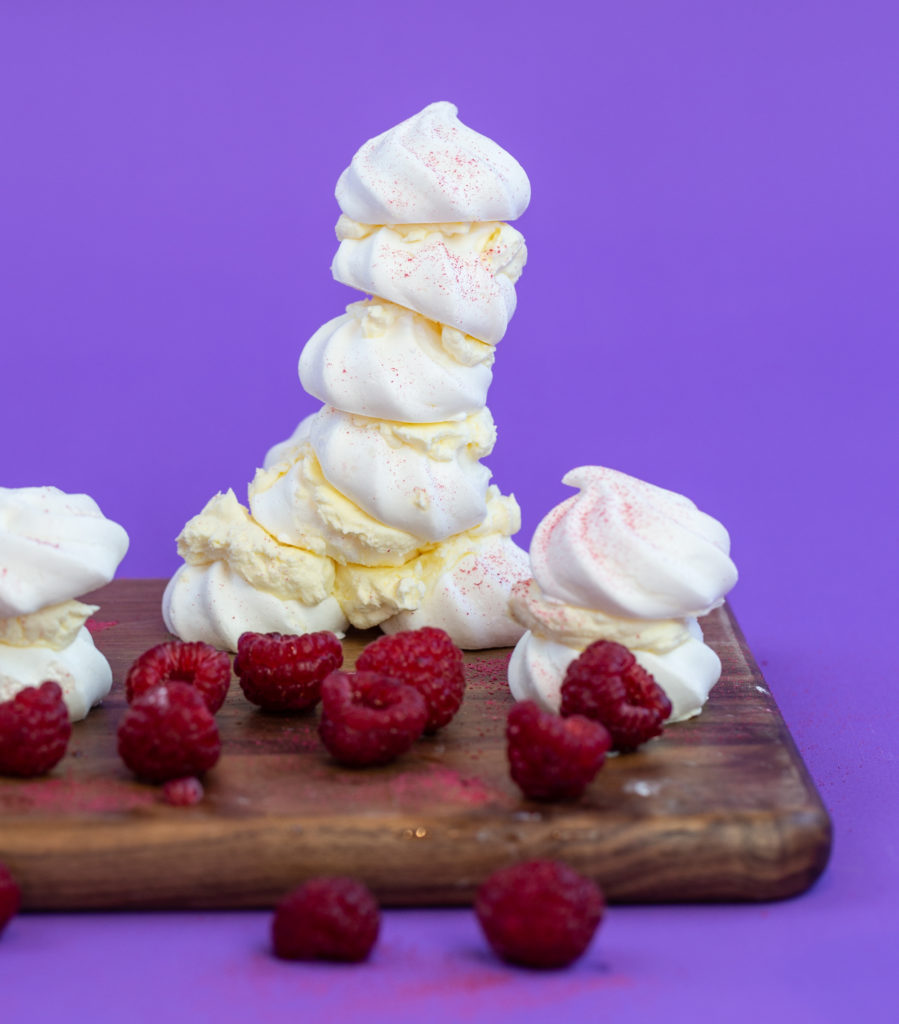
Did you know egg whites are 90% water? and about 10% protein.
Proteins are made up of amino acids. Some amino acids are are attracted to water while others are repelled. When you whisk the egg white mixture you add air to it. The amino acids which are repelled by water attach to the air. The more you whisk or beat the mixture the more amino acid covered bubbles you create, making the mixture fluff up. The sugar acts as a stabiliser helping the amino acids bond together.
Question: Why don’t you use egg yolk in meringue?
Egg yolks contain fat which interferes with how the proteins arrange themselves, stopping the mixture fluffing up.
Meringue Ingredients
4 egg whites
200g caster sugar
Bowl – not plastic as these tend to retain oils which might interfere with the mixture
Electric whisk
Spoon
Parchment paper
How to make Meringue
- Pre-heat the oven to 110 degrees, gas mark 1.
- Line 2 baking sheets with parchment
- Put the egg whites in a bowl and whisk slowly at first then faster as they expand. Once you get stiff peaks the egg whites are ready.
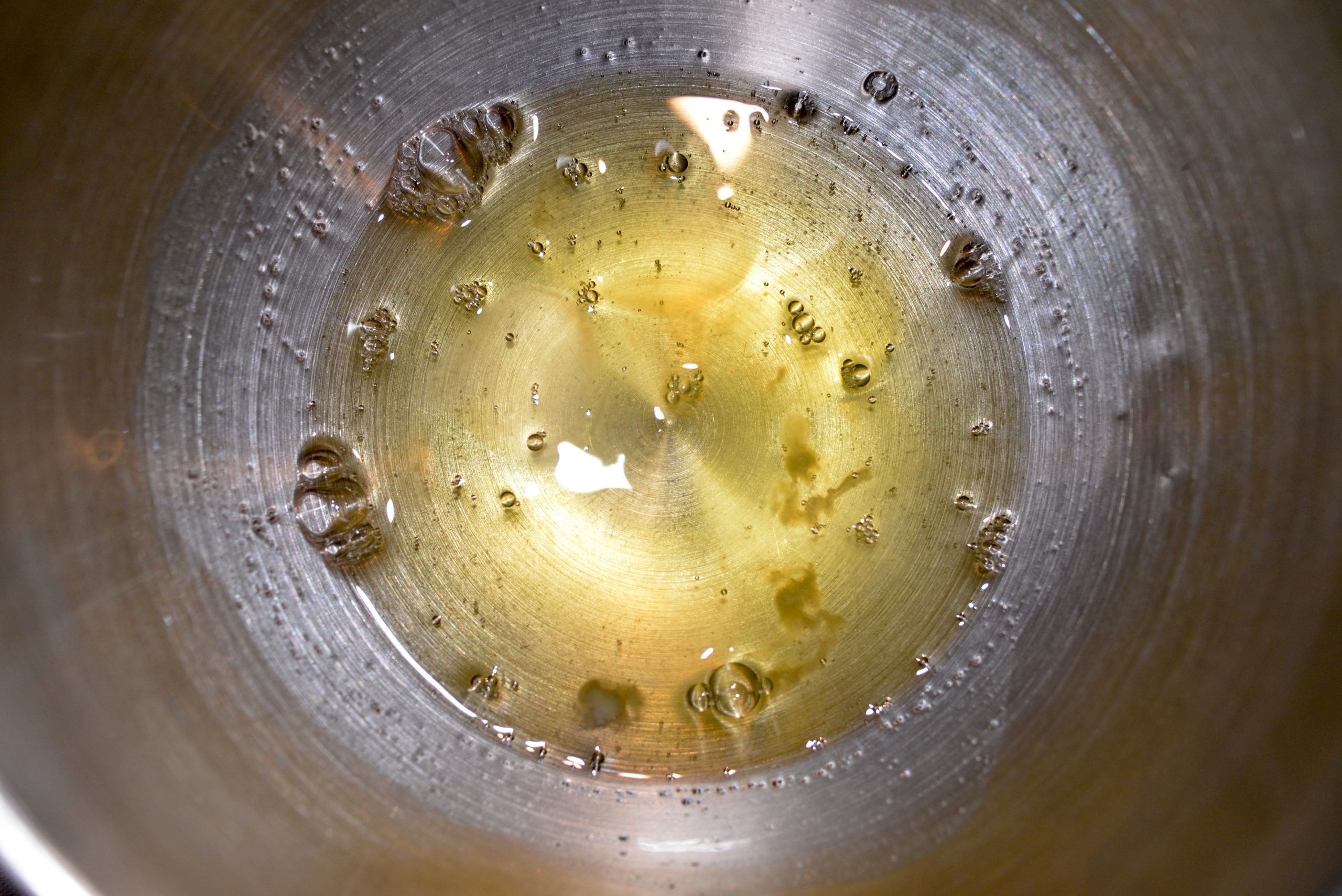
- Add the sugar slowly a few tablespoons at a time and whisk after each sugar addition
- Place 2 heaped tablespoons of mixture onto the baking parchment, leave a gap and then repeat until all your mixture is used up.
- Place in the oven for about an hour and leave to cool.
Meringue Towers
First build towers using just meringue. Look carefully at the shape and size of each one to try to build a stable structure.
Another idea is to use whipped cream and strawberries to stick it together! Can you measure how tall your biggest tower is?
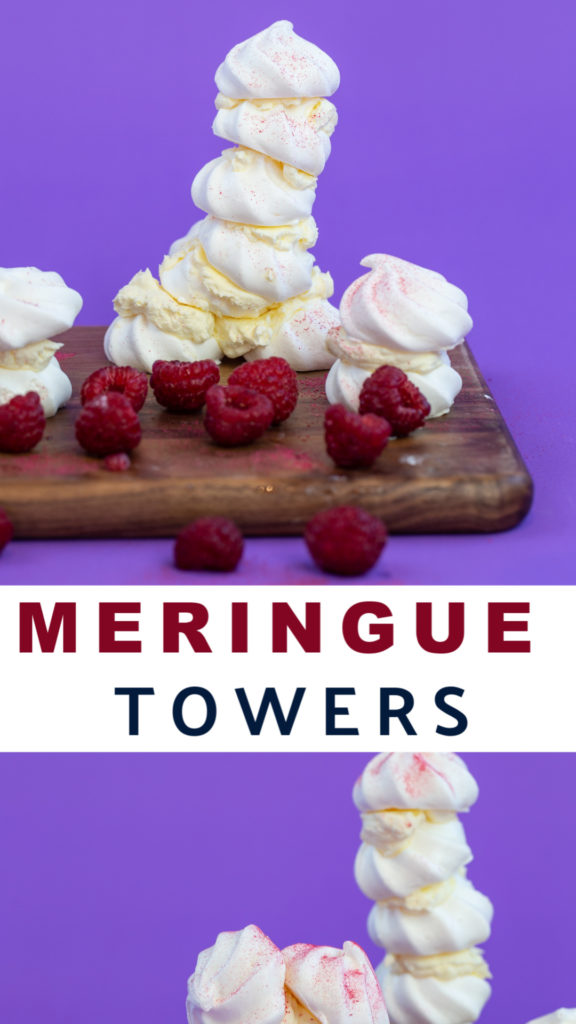
Once you’re finished you’ve got a lovely dessert to eat!
More easy kitchen science for kids
Find out why popping candy pops or build an edible DNA model with this fun collection of candy science experiments.
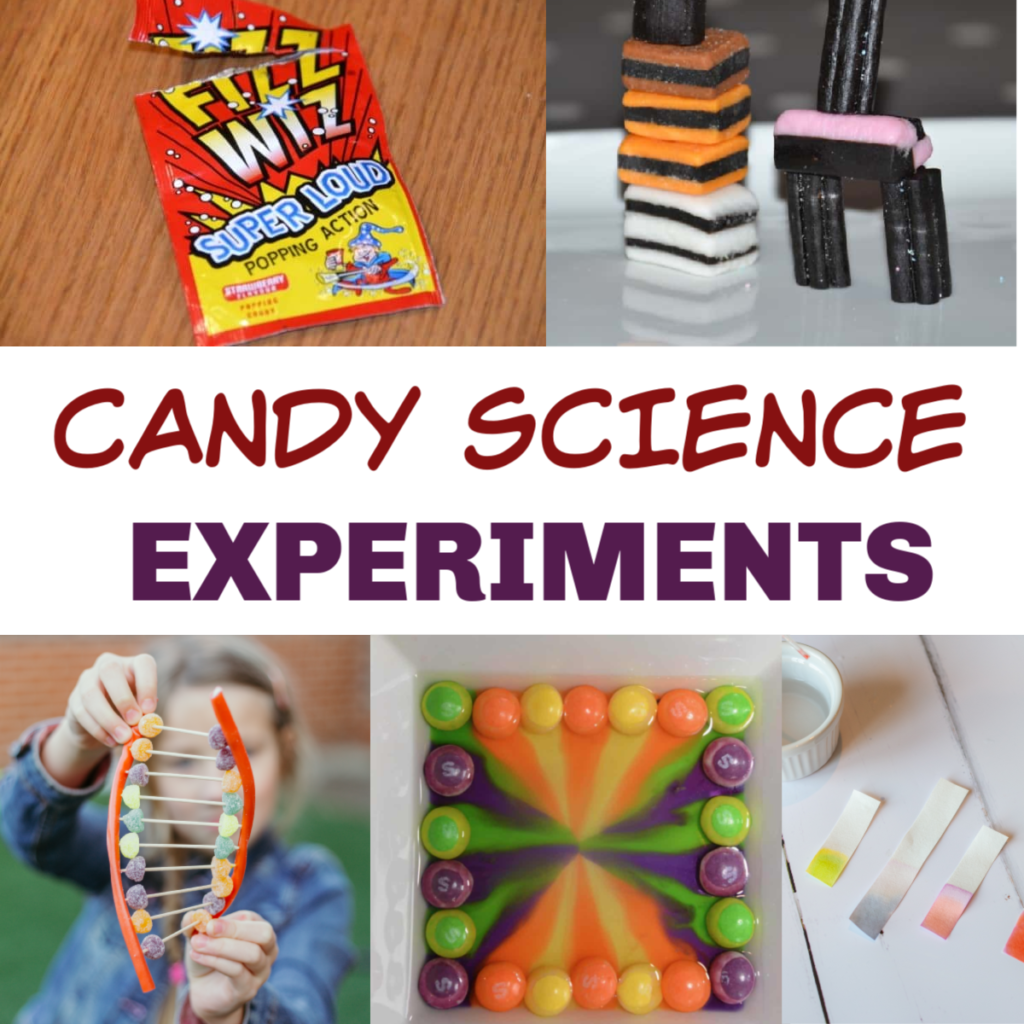
Learn about changes of state by making your own slushy drinks.
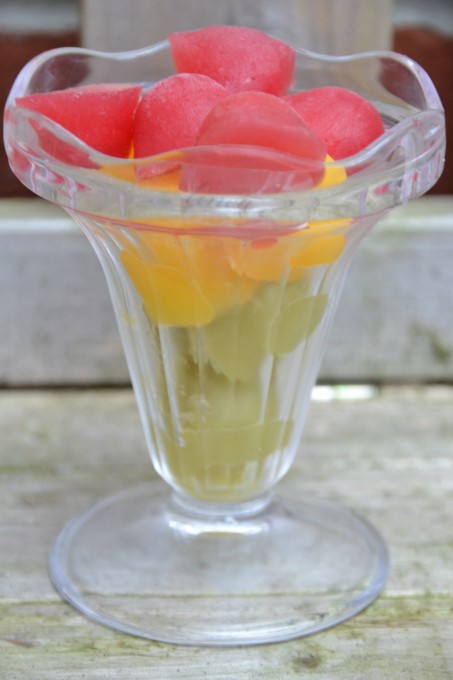
Do you know what causes the Maillard Reaction?
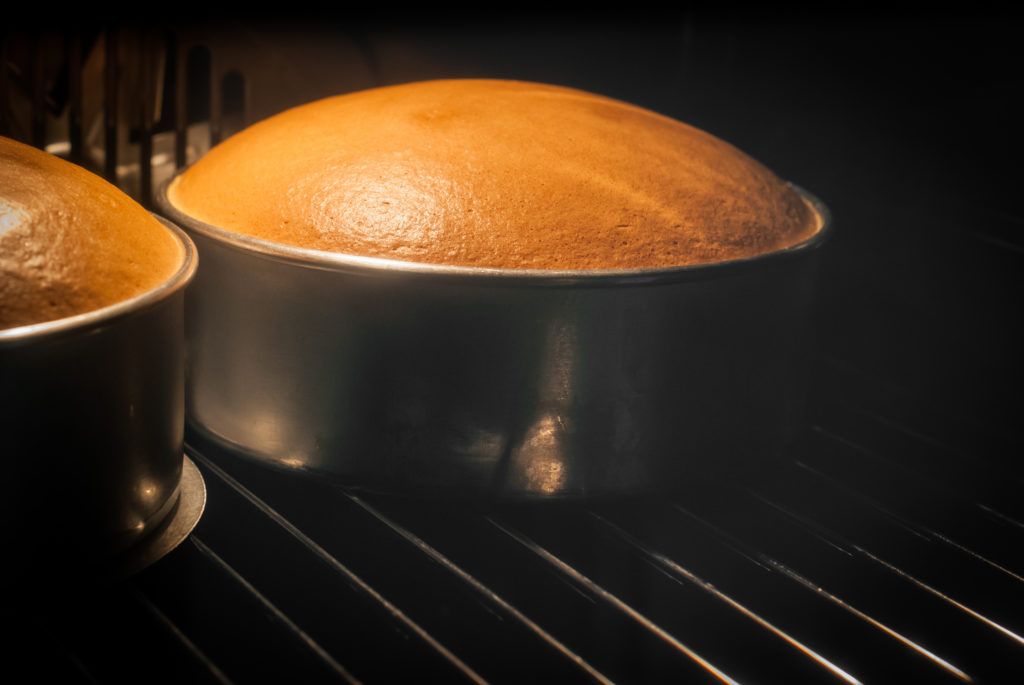
Last Updated on May 17, 2020 by Emma Vanstone

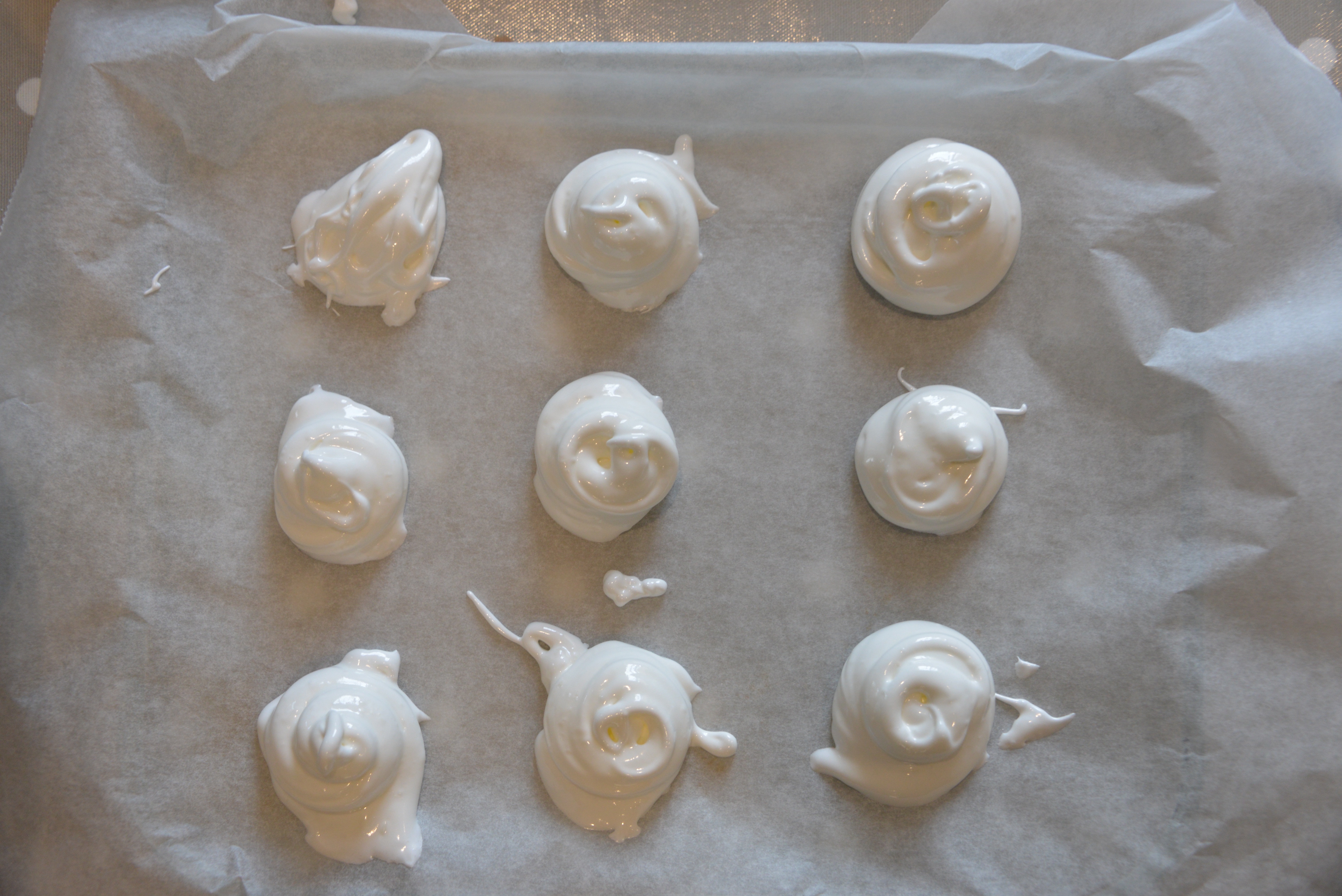
Leave a Reply